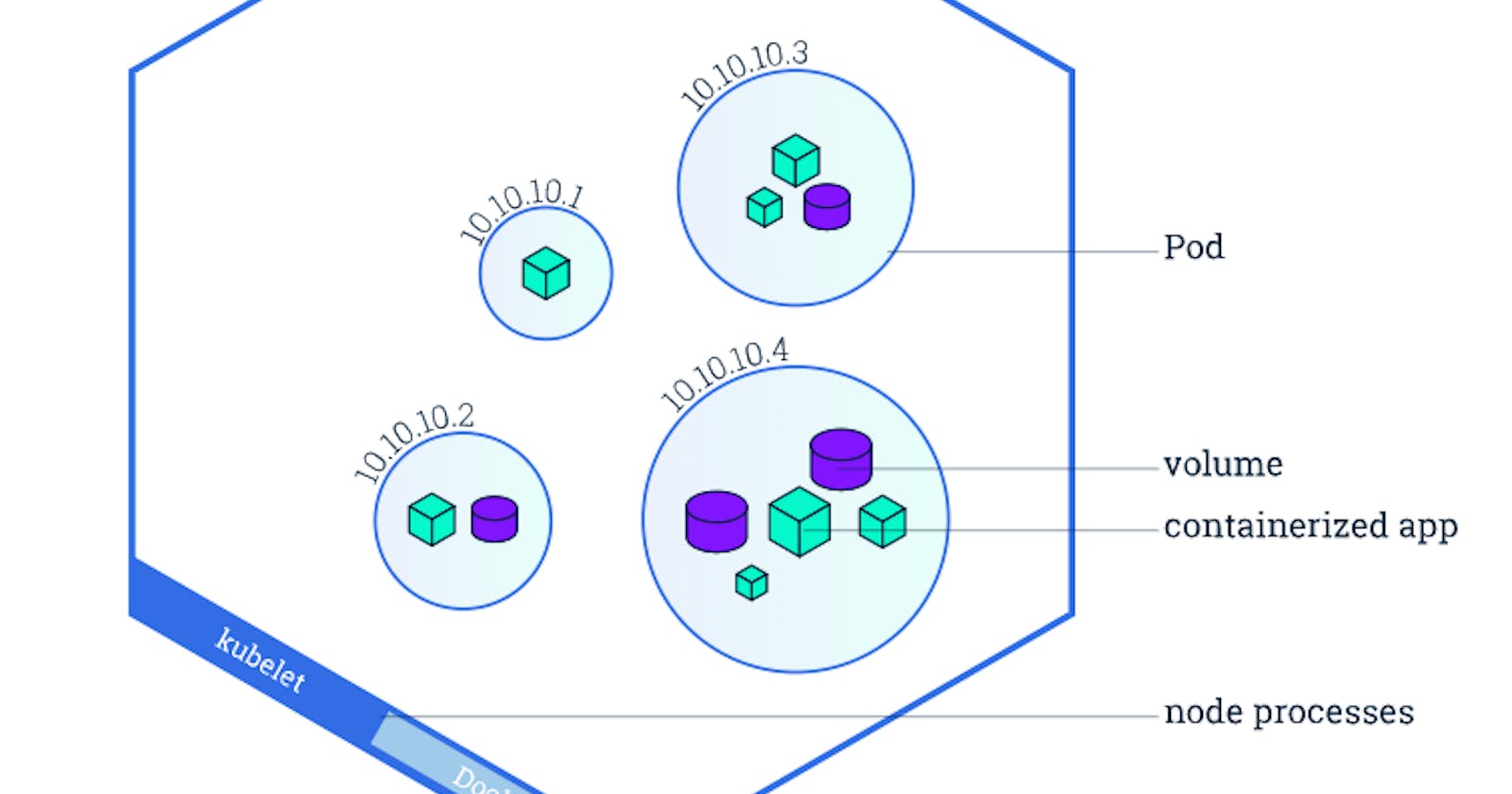The fact is that different cloud providers have different names for virtual servers. Amazon calls them EC2, Azure calls them virtual machines and Google Cloud calls them compute engine.
What does Kubernetes call them? Kubernetes uses a very generic terminology and calls them nodes. Kubernetes can actually manage thousands of such nodes.
• Kubernetes uses a very generic terminology and calls them nodes.
• Kubernetes can actually manage thousands of such nodes as said earlier.
• Now, what do you do when you have thousands of things to manage? You introduce managers.
• While you might not really like your manager, manager do really have a role to play to manage thousands of Kubernetes nodes, we have a few master nodes.
• Typically you'll have one master node, but when you need high availability, you go for multiple master nodes.
• So what is a Cluster? A cluster is nothing but a combination of nodes and the master node.
• The node that do the work are called worker node or simply nodes.
• The node that do the management work are called master nodes.
• These master nodes ensure that the nodes are really motivated and charged up to do the work, just like a manager does.
• Master nodes ensure that the nodes are available and are doing some useful work.
• So at a high level, a cluster contains nodes which are managed by a master node.
Some features of Kubernetes:
1• Orchestration ( Clustering of any no. of containers running on different n/w)
2• Autoscaling
3• Auto healing
4• Load balancing
5• Platform independent ( cloud/virtual/physical )
6• Fault tolerance ( Node/POD failure )
7• Rollback ( going back to the previous version )
8• Health monitoring of containers
9• Batch execution ( one time, sequential, parallel )
That's it for today guys!
• Thanks for reading and i would love to connect with you guys on Socials
• Any feedbacks are welcome!!
